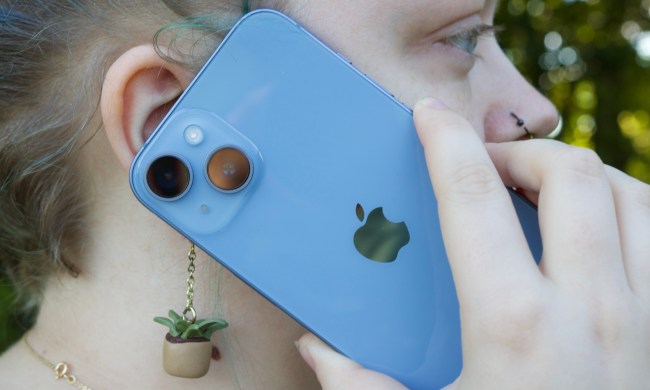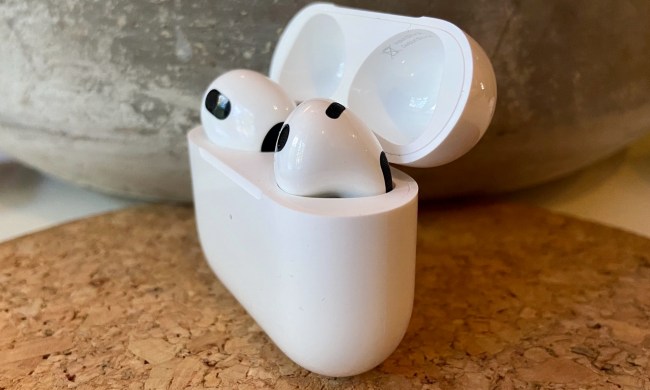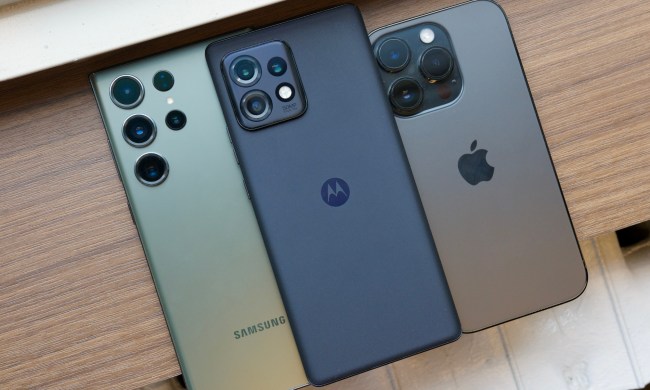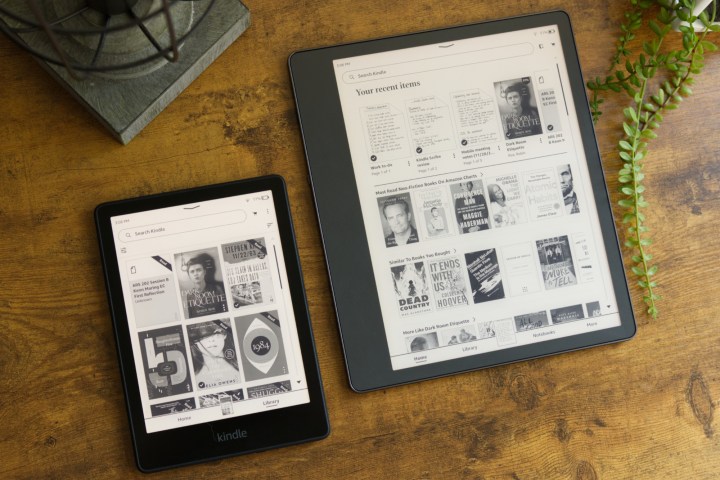
While we adore books, we have to admit that e-books have some serious advantages over traditional print. You can cram thousands of e-books into a single e-book reader, for one thing, making e-books perfect for long holidays, commutes, or just casually carrying around. Doing the same with traditional books would require wheeling around a suitcase or having arms larger than Hercules.
However, physical books are still better in some ways. Want to lend a great book to someone? Throwing a paperback book at them is far more practical than handing them your Kindle and telling them to give it back when they're done.
But, can you share books on Kindle without relying on the time-tested method of passing around the device? Amazon's Family Library allows you to share a large amount of content between family members, but many aren't even aware it exists. It's only available in countries with Amazon Household available, which means the U.S. and the U.K., and it's restricted to one additional adult and four children. But even with those caveats, it's well worth enabling to let your nearest and dearest read some of your favorite Kindle e-books.
When it's set up, why not go nuts and find some new e-books to read? We've rounded up the best free Kindle books and the best websites for downloading free audiobooks, so you can get your bookworm fix.
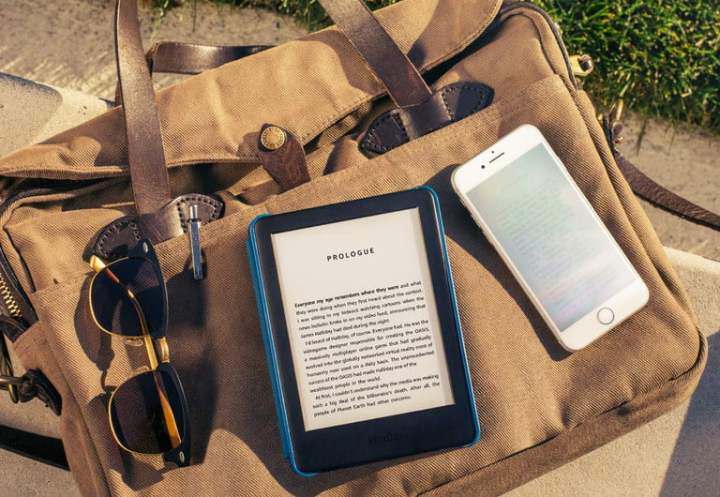
How to share a Kindle book with family
You can share your Kindle e-books with one other adult and up to four kids through Amazon's Family Library
Through your Amazon Household account, you can choose which of your purchased Kindle e-books to share with specific family members. When sharing a book to a family library, it remains in your own Kindle library as well, and multiple family members can read the same book at the same time. Further, there's no time limit on how long they can keep books on their devices.
What's even better is that, unlike sharing a single Amazon account on multiple devices, you needn't worry about interrupting another reader's progress. Each member of the family can read at their own pace and save their own bookmarks, highlights, and notes, regardless of whether they're using a standard Kindle (2022), Kindle Paperwhite, Kindle Oasis, or even the new Kindle Scribe. It also works on any other devices that support the Kindle app, whether that's an iPhone, iPad, Android smartphone or tablet, or even a PC or Mac using Amazon's Cloud Reader.
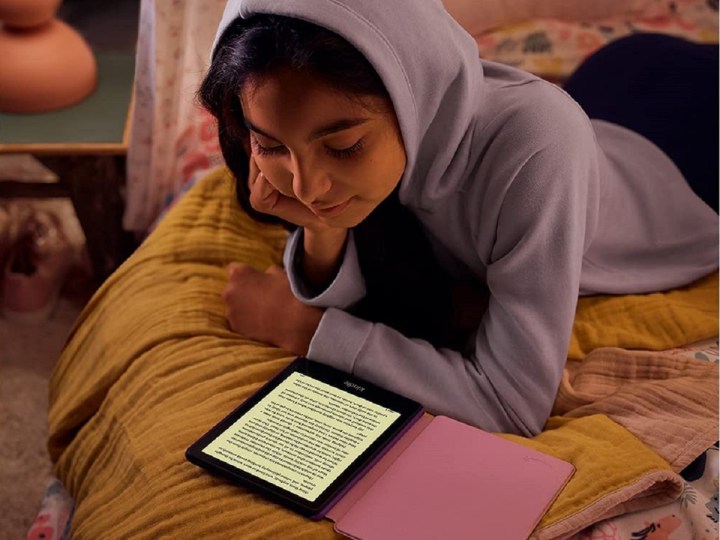
Granting access to your Family Library
Before you can share Kindle e-books with your family, you'll first need to set up Amazon Household on your account if you haven't already done so.
The Amazon Household feature is used for sharing other services, such as your Prime membership benefits and Amazon Prime Video,
Step 1: Head to the Amazon Household

Step 2: Choose Add adult or Add child to add the appropriate family member. You can add one adult and up to four children.
Note that there is an Add teen button as well but you cannot share content with teen accounts via Family Library.
Step 3: If you're adding a child, you need only to enter their name and date of birth, choose an appropriate avatar, select Save, and you're done.
Note that although Amazon asks for the date of birth for a child, it doesn't seem to care what you enter here, offering only a suggested age of 12 and under. This means that you can use a "Child" account to share e-books with your teenage kids. However, children don't get their own Amazon username and password; instead, you register their Kindle with your own Amazon account and set up a child profile with a parental control password on it.
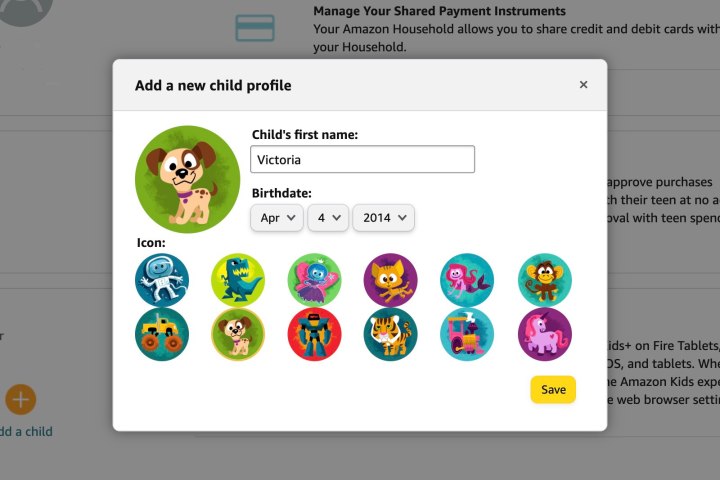
Step 4: If you're adding an adult, enter their name and e-mail address and choose Continue.
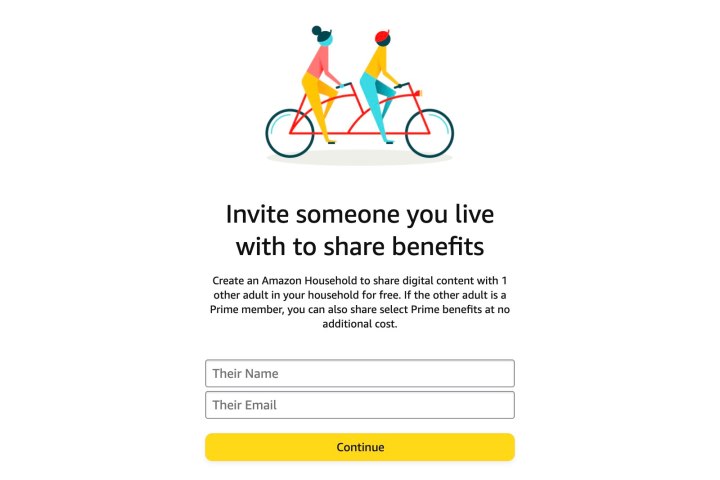
Step 5: On the next screen, you'll need to confirm that you're willing to share your payment information by selecting Agree and continue. This is a security feature to ensure you're only sharing your content with someone who is a close family member, since that person will be able to make purchases using the credit and debit cards you have on file.
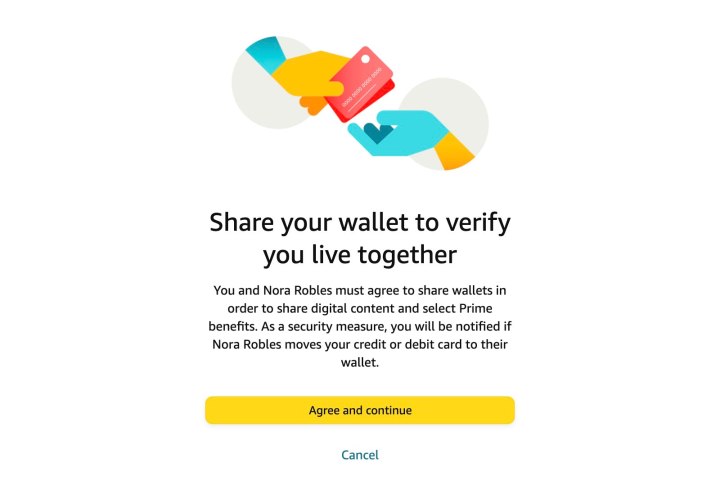
Step 6: On the next screen, choose the content that you want to share with the new family member, and select Continue.
Note that choosing eBooks on this screen will automatically share your entire Kindle library with an adult family member. If you don't want to do this, make sure this option is unselected; we'll show you how to share individual book titles in the next section.
You can also change these sharing options at any time by choosing Amazon Household from your Amazon account settings and looking for the Manage your Family Library section.
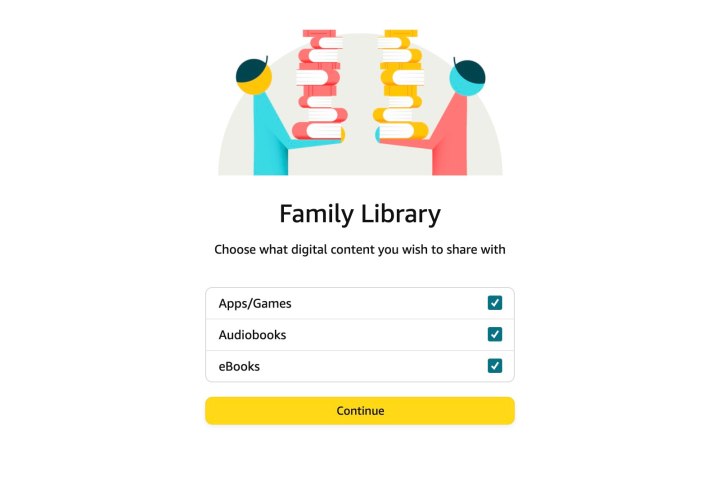
Step 7: Choose Send invite to confirm. The recipient will receive an email notification with instructions on how to create a new Amazon account or they can log into their existing account to accept the invite. They'll have 14 days to do so.
Note that Amazon Household sharing is a two-way street. The person you invite will also have to share their Amazon wallet with you and can choose which of their content they wish to share back in your direction.
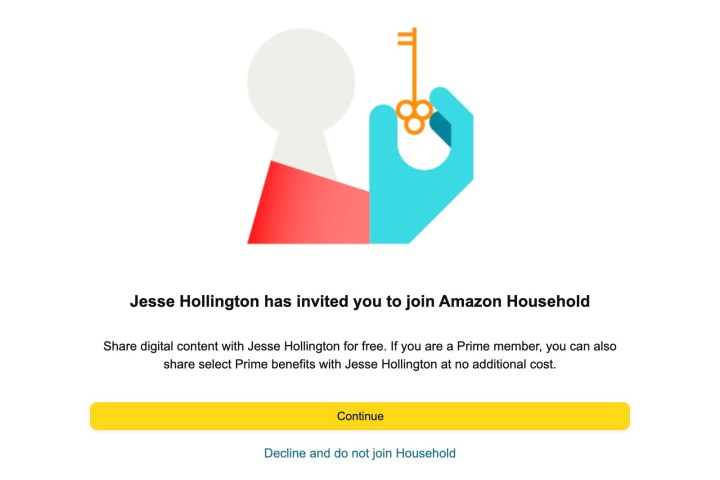
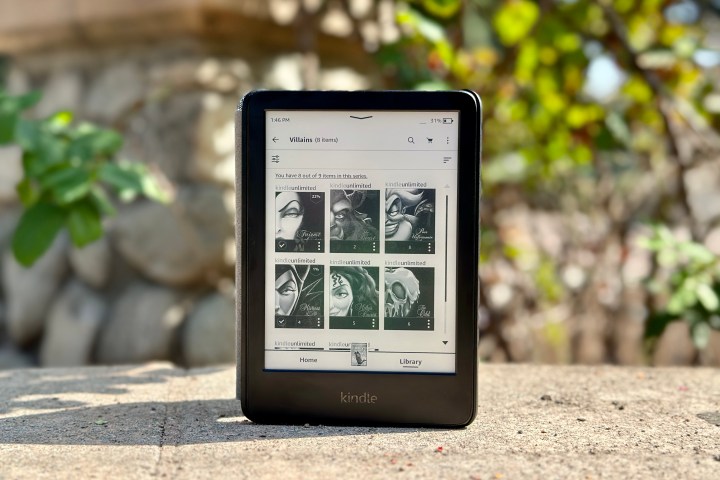
How to download a Kindle book from Family Library
Now that you've added some folks to your Family Library, you're ready to share some Kindle books.
Note that for an adult family account, these steps are only needed if you didn't check the box to share "eBooks" when you invited the other person to your Amazon Household.
Step 1: Head to the Manage your content and devices section of your Amazon account.
Step 2: Select Books.
Step 3: Select one or more books you'd like to share with a family member, and then choose Add to library from the buttons at the top.
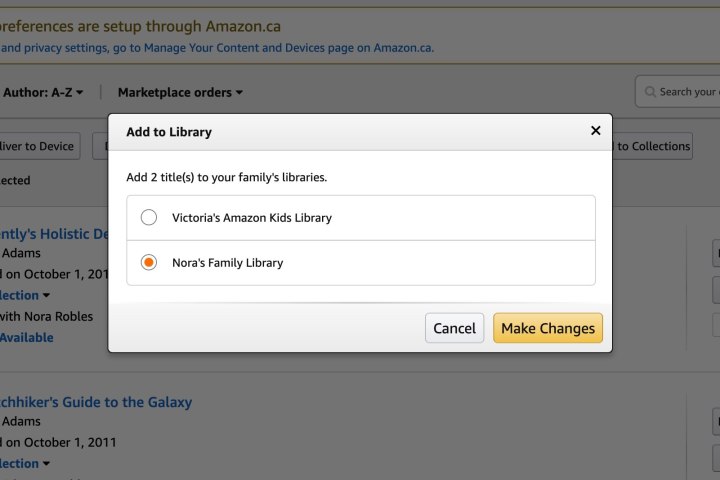
Step 4: From the pop-up window that appears, choose the family member whose library you'd like to add the books to and select Make changes.

How to download books shared by other family members
You can access and download any books that are shared with you through Family Sharing, just like books that you purchased directly.
Step 1: Head to the Manage your content and devices section of your Amazon account.
Step 2: Choose the books you'd like to send to your device or app, and select Deliver to device.
Step 3: From the pop-up window, choose which devices the books should be sent to.
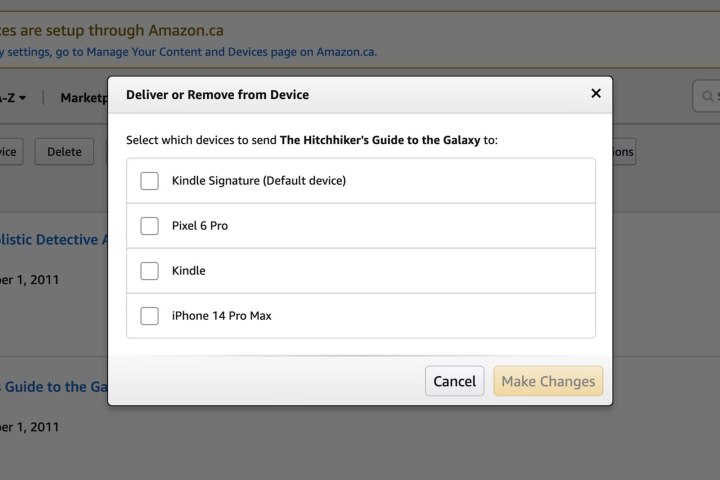
Step 4: Choose Make changes.
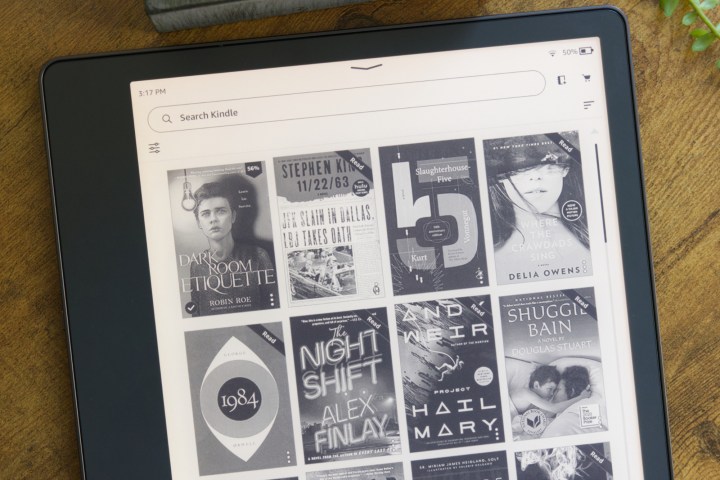
Can I share books on Kindle with a friend?
You may have heard that Amazon once allowed Kindle customers to loan e-books to their friends. Sadly, Amazon appears to have quietly discontinued this service as of August 2022.
Amazon's lending feature allowed you to loan a book to another Kindle user for up to 14 days. Since this was intended to work like loaning out a physical paper book, you wouldn't be able to read it while it was out on loan, although the recipient could choose to return it to your library before the two-week period was up. It was also a one-time feature; after loaning a given Kindle book out to a friend, you could never loan that same book out again — even to the same person — without purchasing another copy.
To make things even more confusing, it was up to each book publisher to choose whether it would permit its books to be digitally loaned out. Publishers had to opt into the program, and many didn't, so it wasn't easy to find books you could lend to your friends.
Amazon also never really promoted the feature. With all that in mind, it wasn't surprising to find that the company pulled the plug on it last year, and while there's no word on whether it may return in the future, we wouldn't bet on it.

